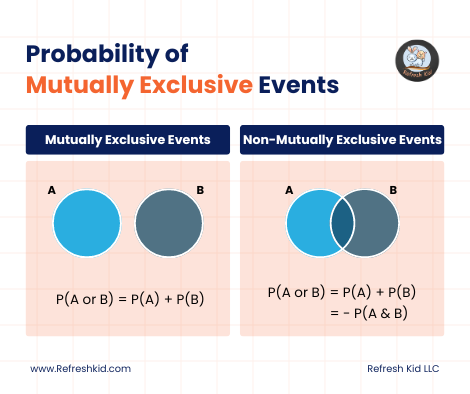The Methods of Integration
Direct Integration:
This method involves applying the basic integration rules to find the integral of a function directly.
For example, you can use the power rule: ∫x^n dx = (1/(n+1)) * x^(n+1) + C, where C is the constant of integration.
Integration by Substitution:
Also known as u-substitution, this method involves making a substitution to simplify the integral.
You choose a substitution variable (usually denoted as u) such that the integral becomes easier to solve.
Integration by Parts:
This method is based on the product rule for differentiation and is used to integrate the product of two functions.
It uses the formula ∫u dv = uv - ∫v du, where u and dv are chosen functions.
Partial Fraction Decomposition:
This method is used to integrate rational functions by breaking them down into simpler fractions.
It's particularly useful when you have a fraction with a polynomial in the numerator and denominator.
Trigonometric Integrals:
Special integrals involving trigonometric functions have their own techniques, such as trigonometric identities and trigonometric substitution.
Integration by Trigonometric Substitution:
This method involves using trigonometric substitutions to simplify the integral. It's commonly used for integrals involving radicals.
Improper Integrals:
These are integrals where one or both of the limits of integration are infinite or the function has an infinite discontinuity. Special techniques are used to evaluate them.
Numerical Integration:
When you can't find an exact antiderivative, numerical methods like the trapezoidal rule, Simpson's rule, or numerical integration algorithms like the Monte Carlo method can be used to approximate the integral.
Definite and Indefinite Integrals:
Integrals can be classified as definite or indefinite. Definite integrals find the net area between the curve and the x-axis within a specified interval, while indefinite integrals find antiderivatives.
Tables of Integrals:
For complex or less common functions, you can consult tables of integrals that provide pre-calculated results for a wide range of functions.








